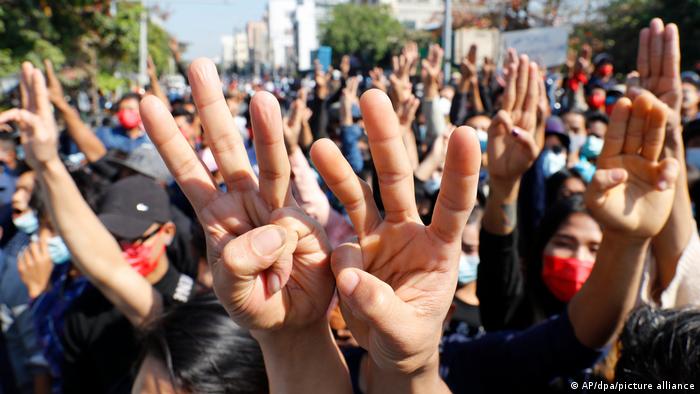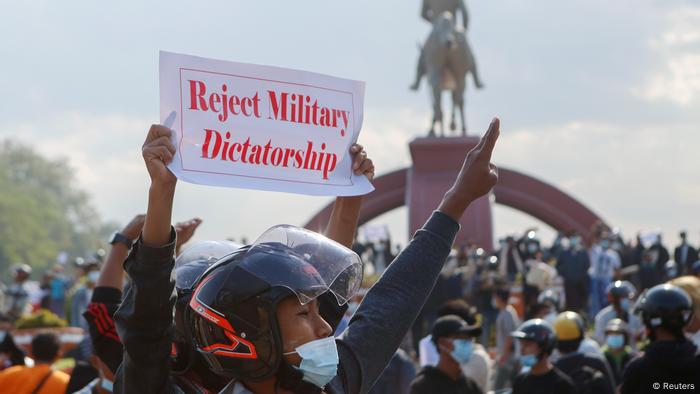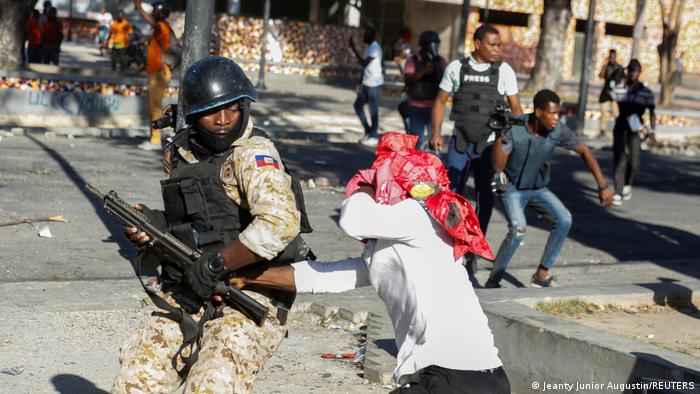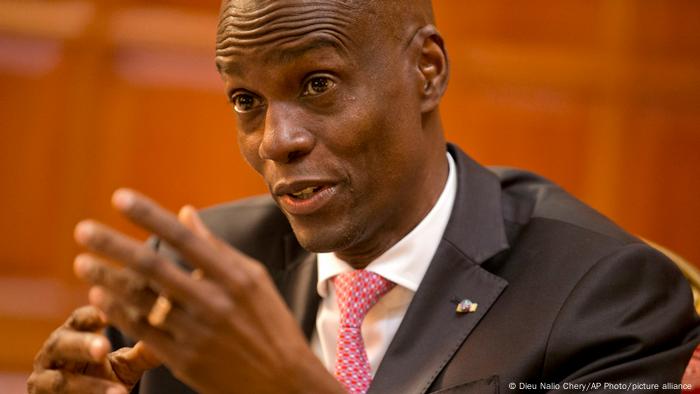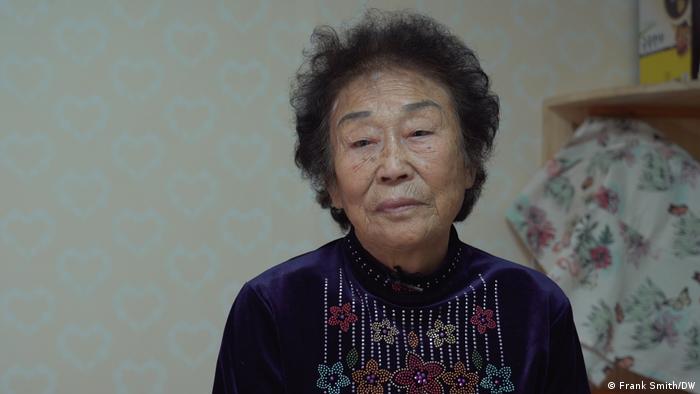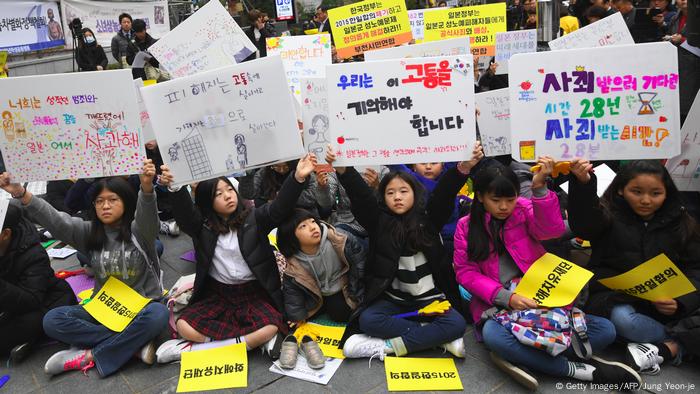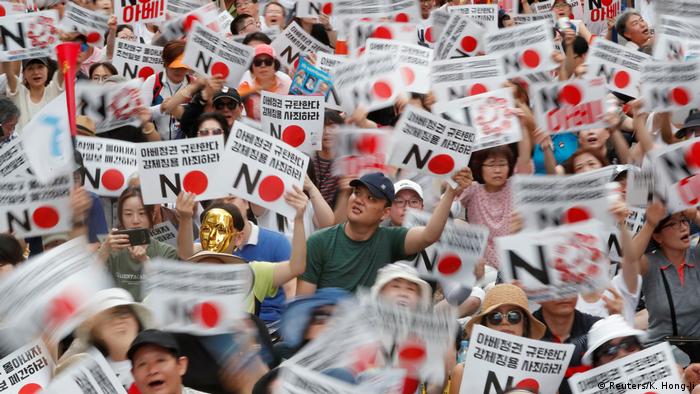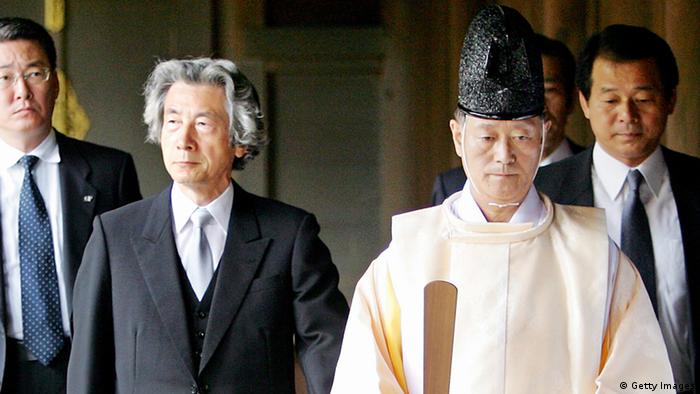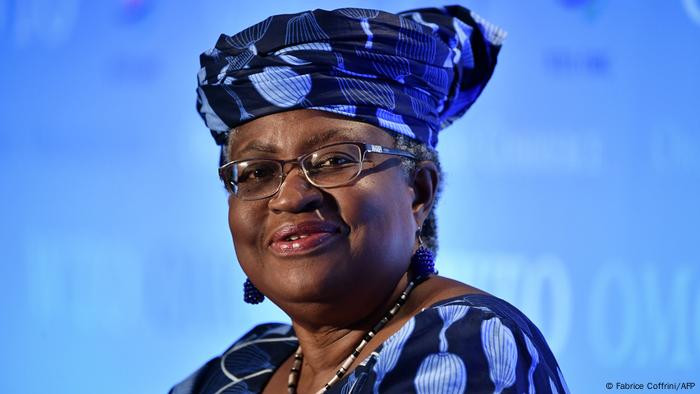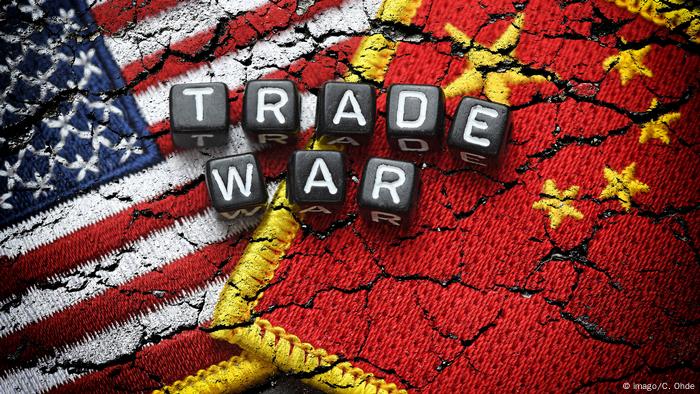(Reuters) - Using one hand to photograph this moment in Myanmar's history, Myat gave a three-finger "Hunger Games" salute of defiance to authoritarian rule as she stood with tens of thousands of other protesters gathered around the Sule Pagoda in downtown Yangon

Passers-by and storekeepers returned the salute as Myat and her fellow demonstrators sang protest songs, while police watched on.
That was on Monday, the third day of protests by people opposed to a military coup against a civilian government that won a landslide election in November.
The three-finger salute was first adopted by activists in neighbouring Thailand opposed to a government there that is headed by a former army chief, who had also come to power in 2014 by overthrowing an elected government.
Before joining demonstrations, 28-year-old Myat says she reads a manual of Hong Kong protest tactics that has been translated into Burmese and shared thousands of times on social media.
Online, some opponents of Myanmar's Feb. 1 coup are connecting with users of the #MilkTeaAlliance hashtag that brought together campaigners in Thailand and Hong Kong.
"We saw how youths are participating in political movements in nearby countries," Myat said. "It inspired us to get involved."
Protesters told Reuters that social media helps them borrow symbols and ideas from elsewhere, like using Hong Kong-style flashmobs, rapidly shifting hashtags and colourful meme artworks.
Anticipating stronger action by police, protesters returned to the streets for mass protests on Tuesday, many wearing yellow construction helmets and carrying umbrellas, just as protesters in Hong Kong and Thailand had done.
The biggest protests in more than a decade have swept Myanmar to denounce the coup and demand the release of Aung San Suu Kyi. The deposed 75-year-old elected leader first came to prominence in 1988 during a very different generation of protests against an earlier junta.
For the first time in Myanmar, mass protests are joined by a Generation Z who grew up with greater freedom, prosperity and access to technology in what remains one of Southeast Asia’s poorest and most restrictive countries.
They are forming bonds with activists who took on Beijing's rule in Hong Kong and Thailand's government and its monarchy, which is accused of enabling decades of military domination.
"There's power in solidarity," said Sophie Mak, a Hong Kong human rights researcher and activist.
"Milk Tea Alliance is a pan-Asian solidarity movement basically comprising young people who are fed up by their governments' oppression," she told Reuters.
Allies abroad can amplify the message from Myanmar's activists, particularly when communications blackouts make it hard to get out information, she said.
The exchange in political campaigning culture is accompanied by protest art, with graphic artists preparing work to support each other.
One of the newest artworks shows the addition of a cup of Myanmar's own strong sweet tea to the image of milky tea drinks from Thailand, Hong Kong and Taiwan.
"Youths gained more exposure to the rest of the world during the last five years of the civilian government," said 24-year Nadi told Reuters at the same protest in Yangon.
"We witnessed what happened in Hong Kong and Thailand and it is a big influence on today's movement," she added.
Nearby, a bridge pillar had been covered in colourful post-its with anti-coup messages, copying Hong Kong's popular "Lennon Walls."
Pro-democracy campaigner "mhonism" - who asked to be identified only by his Twitter handle - dubbed Myanmar the newest member of the Milk Tea Alliance in a tweet sent hours after the coup that was shared more than 22,000 times.
He then helped to coordinate protests against Myanmar's coup in Thailand by Thais and people from Myanmar to demonstrate " solidarity."
Thai pro-democracy groups have now hung banners supporting Myanmar protesters in Bangkok - despite the disapproval of Prime Minister Prayuth Chan-ocha, himself a former junta leader, who has said Thais should stay out of Myanmar's "internal affairs".
The exchange of ideas goes both ways.
Thailand's largest youth protest group, Ratsadon, has announced a protest on Wednesday with the banging of pots and pans - something the Myanmar anti-coup protesters have been doing nightly as a way to drive out evil spirits.
The aim is to protest against both governments.
"We went through the same thing," said Rathasat Plenwong , a Thai protester and Milk Tea Alliance activist. "Now we support and inspire each other."
(Reporting by Reuters reporters, writing by Fanny Potkin & Patpicha Tanakasempipat, editing by Matthew Tostevin & Simon Cameron-Moore)
